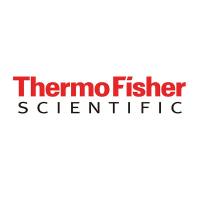One of the major neuropathological changes characteristic of Alzheimer’s disease (AD) is deposits of beta-amyloid plaques and neurofibrillary tangles in neocortical and subcortical regions of the AD brain. The histochemical detection of these lesions in postmortem brain tissue is necessary for definitive diagnosis of AD. Methods for their in vivo detection would greatly aid the diagnosis of AD in early stages when neuronal loss and related functional impairment are still limited and would also open the opportunity for effective therapeutic interventions. Magnetic resonance imaging (MRI) theoretically provides the spatial resolution needed to resolve amyloid-β plaques. Although currently limited for clinical applications due to unfavorable long acquisition times, MRI has been used to visualize Aβ plaques in AD mouse models. The ability to detect amyloid-positive brain lesions in vivo using non-invasive imaging would allow to track disease progression and to monitor the efficacy of potential therapies in disease-modifying studies using transgenic models resembling AD pathology. Here, we provide MRI protocols for in vivo (mouse) and ex vivo (AD tissue samples) amyloid plaque imaging and the procedure for correlating these with thioflavin-S and iron-staining histology. Current challenges and limitations are discussed.






